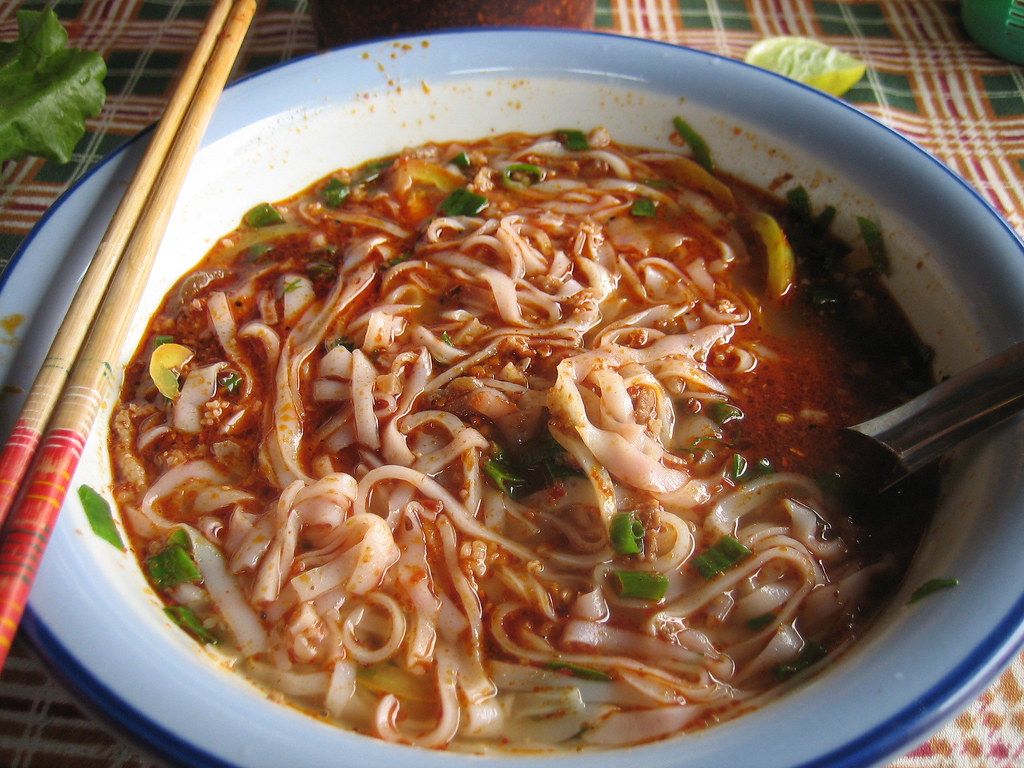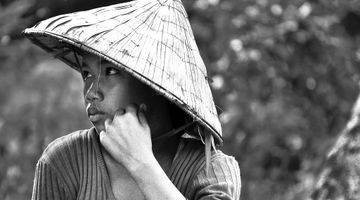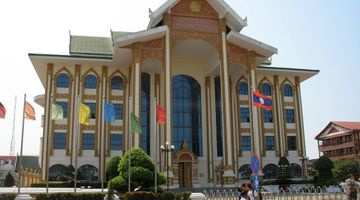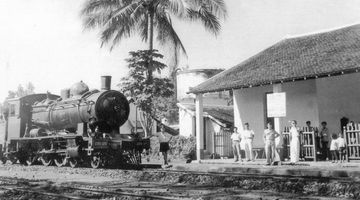Luang Namtha Laos – Tourist Attractions
Visiting Luang Namtha is all about serene landscapes of rice fields and distant mountains, slow life by the river and centuries old traditions of the hill tribes. The first national park in the country, Nam Ha, is also found here but to explore it you will need to join a tour or hire a private guide.
Nam Ha Npa (National Protected Area)
Located few km west of town, Nam Ha was the first National Park in Laos and till now it remains the main tourist attraction in the north of the country. Covering a large part of the province, it is the land of virgin forests, deep jungle, mountains and hills, rivers and a large variety of flora and fauna. Tigers, leopards and bears are quite common – though only in the most remote areas of the park – and chances of spotting them are extremely low.
One of the last population of wild elephants in northern Laos travel constantly between Nam Ha Npa and the South of China. Attracted by the sugarcane fields, the animals cause quite a lot of problems to the villagers on their route, and the government together with some international organizations are doing a great job collaborating with the locals in order to find solutions and compensate their losses to finally preserve these strong wild giants.
A large variety of outdoor activities are the main reason for visiting the park. Kayaking and rafting along the Nam Ha river will give you the access to some of the most breathtaking scenery. Multiple days jungle trekking will take you to some of the last ethnic villages in the park, where people still follow the traditional way of living of their ancestors. Homestays or camping in the forest are both offered to the guests.
Several different travel agencies in town can show you all the possibilities that you have. Keep in mind that some of the trekking trails can be really challenging especially on a hot and humid day. Make sure you’re extremely clear about your expectations, physical shape and needs when you book your tour. Prices vary a lot depending on what you want to include. Just to give you a rough idea, a 3-day tour including kayaking, trekking and homestay will cost you around USD125.
Unfortunately there’s not really a decent alternative to a tour – in fact, you cannot visit the park independently. All the activities require the presence of a licensed guide and organizing it with a travel agency will be the easiest, most effective and cheapest way to do it.
What to do in town
There is hardly any tourist attractions in town and if you have some time to kill renting a bicycle or a motorbike for an afternoon is a good idea for the exploration of the surrounding area.
The Golden Stupa on top of the hill in the northwestern part of town is a marvellous spot at sunset and sunrise when you can get fantastic views of Luang Namtha, the rice fields around it and the mountains in the distance.
Keep driving north for few km to find yourself immerged in the rice fields. Take a book with you and chill out for a few hours in one of the wooden huts that the famers use to get some shade on a hot day. If you plan to wait for the sunset, bring something to eat and drink with you.
Heading both north and south of town, there are short trails branching off the main road. They will take you to secluded spots close to the river. It’s fun to wander around and find them by yourself, but if you’re planning to go for a swim ask locals for advice as they can point you out the most suitable areas.
Nam Dee waterfall and the village
Nam Dee waterfall is located just 6 km north of Luang Namtha and easily reachable by motorbike or bicycle. A lot more impressive during the rainy season, it is still a good destination even the rest of the year if you’re looking for a quiet spot in proximity of town.
An easy trek to the waterfall will take you through Baan Nam Dee, a small ethnic village where Lenten people are keeping their traditions alive. Despite the language barrier, expect to be stopped by them as they will be making their best to involve you into some kind of conversation. Ask the locals’ permission to take photos – this is a great opportunity to make wonderful pictures of the ancient hill tribe people still wearing their traditional clothes. If you get there at the right time, you’ll find the women in the river making bamboo paper by hand, which you can also purchase if you feel like supporting the community.


































